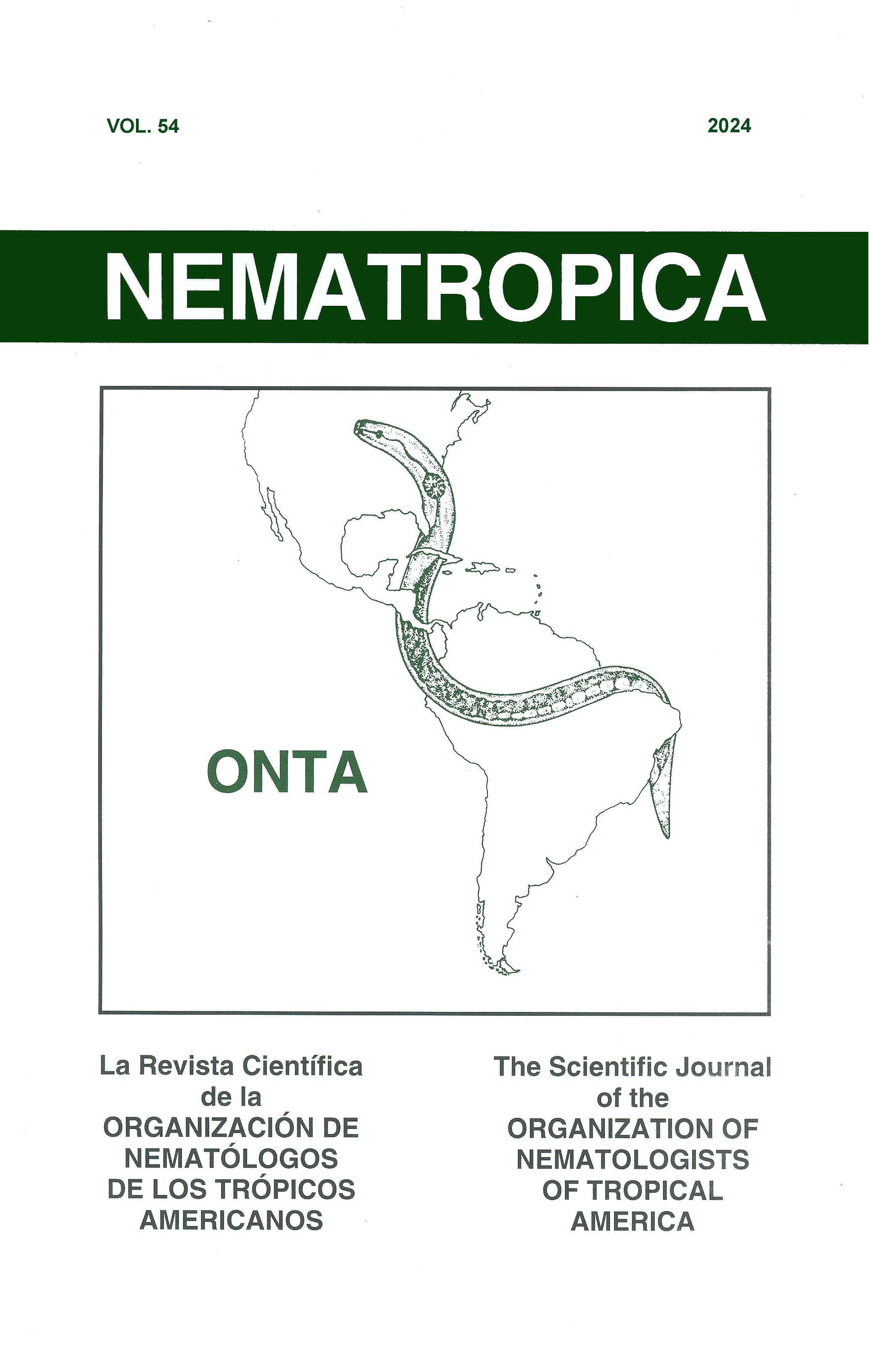APHELENCHOIDES BESSEYI MANAGEMENT: EVALUATION OF RICE VARIETY RESISTANCE AND CONTROL PRACTICES
Abstract
Aphelenchoides besseyi is the causative agent of white tip disease. Studies were conducted to determine the prevalence of A. besseyi in Egyptian rice cultivation, evaluate the resistance of 10 rice genotypes, and evaluate the efficacy of nematicides for management. A. besseyi was found in 27.5% of 182 seed samples, with the rice variety ‘Sakha 108’ exhibiting the highest incidence. Resistance varied across genotypes, with ‘GZ11190-3-8-2-3’, ‘GZ11190-3-13-1-1’, and ‘Giza 179’ showing high resistance. An increase in the percentage of white tip symptoms was noticed in parallel with the density of A. besseyi over three consecutive seasons. A significant negative impact of A. besseyi infection was observed on rice growth parameters, grain yield, and quality traits in susceptible varieties, particularly on discolored grains. ‘Sakha 108’ and ‘Sakha 109’ had the highest grain yield reduction due to nematode damage. Plants treated with Vydate, Mocap, and Nemazone in the nursery, as well as those subjected to hot water treatment, exhibited no symptoms. These findings are valuable for future rice-breeding strategies, seed production, and management.

